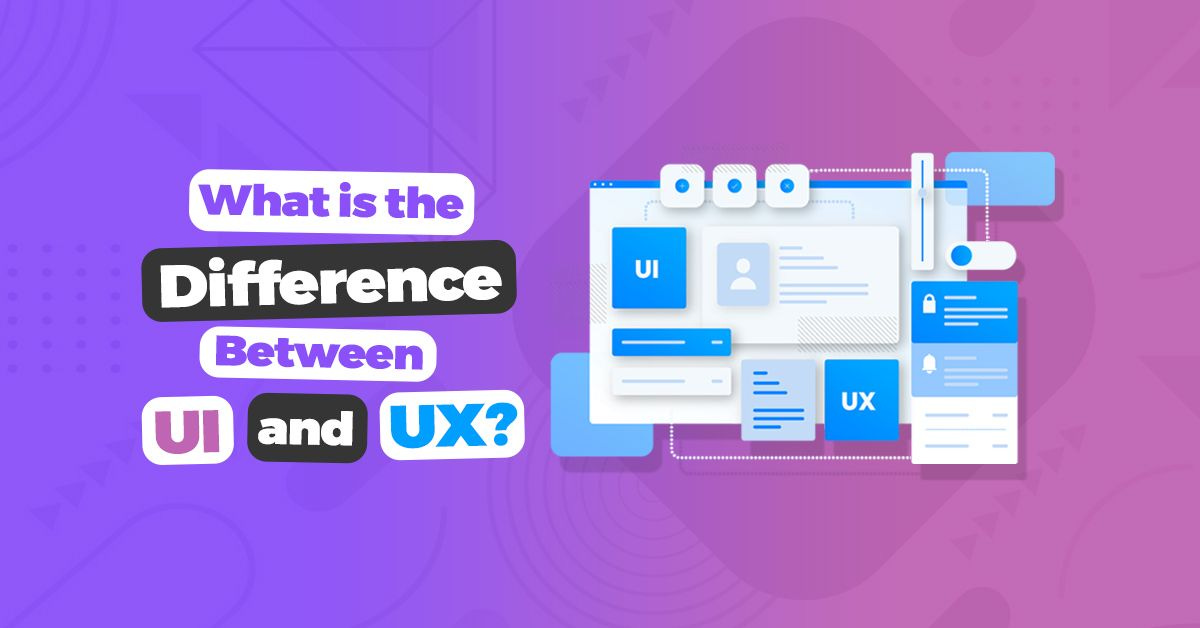What is the Difference Between UI and UX?
With the overwhelming influx of new web development and app development happening every day, terminology within the field seems to be…
With the overwhelming influx of new web development and app development happening every day, terminology within the field seems to be getting more and more vague. There are an ever-growing number of sub-specialties within the umbrella term of software development which can seem inconsequential from a layman’s perspective but have a tremendous impact on product quality. For clients who don’t have a day-to-day familiarity with the programming field, it’s important to understand the basic terminology in order to properly communicate project needs and choose the best experienced personnel for the task at hand.
Among the most confusing of development terminology is the difference between UI and UX design. Even for those in the field, the roles can become vague and confusing as there is tremendous overlap between these specialties. Here is a breakdown of the essential differences:
User Interface (UI)
The particular focus of a UI designer is on how the product is laid out. The user interface encompasses the look and format of each individual screen of the product. The UI designer is responsible for the static visual design of each interface as well as the visual consistency between interfaces of the product as a whole (for example, ensuring that fonts, color scheme and graphics are consistent from page to page).
However, UI does not involve the flow between the various individual screens and interfaces or their compatibility with one another. If you think of the product like a puzzle, the user interface describes the look and design of each individual puzzle piece — but has little to no bearing on how the puzzle is actually put together.
User Experience (UX)
The user experience is typically described as a larger umbrella of the product’s architecture, of which UI is one specialized part. As the ultimate puzzlemaker, the UX designer is responsible for how the various interfaces of the product fit together, as well as the navigation from one interface to the next.
As the name would suggest, the UX-er’s primary focus is on creating the ideal user experience with a product that “feels” as natural and cohesive as possible. To achieve this, the UX designer may conduct beta testing and act as the user’s advocate for adjustments to the overall product. Maintaining a balance between the needs of the user and those of the business stakeholders is an important component of this specialty.
Interaction Design
This is often described as the grey area between UI and UX design. Simply put, interaction refers to the actions or motions engaged by the user — clicking, swiping, or turning the device for example — and the impact of those actions on the product. Also commonly called a motion designer, this specialty handles any animations or movement within the product. An interaction designer should prioritize the end experience of the user in handling these aspects of the design, but will also require a strong understanding of the interface in order to do so. As a result of this grey area, those with specific experience in interaction design may be most likely to have equally strong capabilities in both UI and UX.
Because of the so often blurred lines between UI, UX, and interaction design, many companies choose to combine these design roles in some form. But bear in mind they are not the same thing, and all designers are not equally skilled in each of these areas. Depending on scale of the project, an experienced Interaction Designer may be able to handle the full scope of all UI, UX, and motion development — but this is not always the case. For a product with more intricate design requirements, you may find that the lack of a specialized designer could negatively impact the quality of the final product.
When interviewing any type of designer, it’s important to review the person’s portfolio and ask specific questions about past projects to gain understanding of exactly what aspects of the user interface and experience the designer was responsible for. By relying on anecdotes from a designer’s actual experience, rather than just industry buzzwords, you’re more likely to find a designer that fits with your product’s particular needs.
[Featured Images Courtesy of @ED_LEA via Quora, consent given in second posting]






